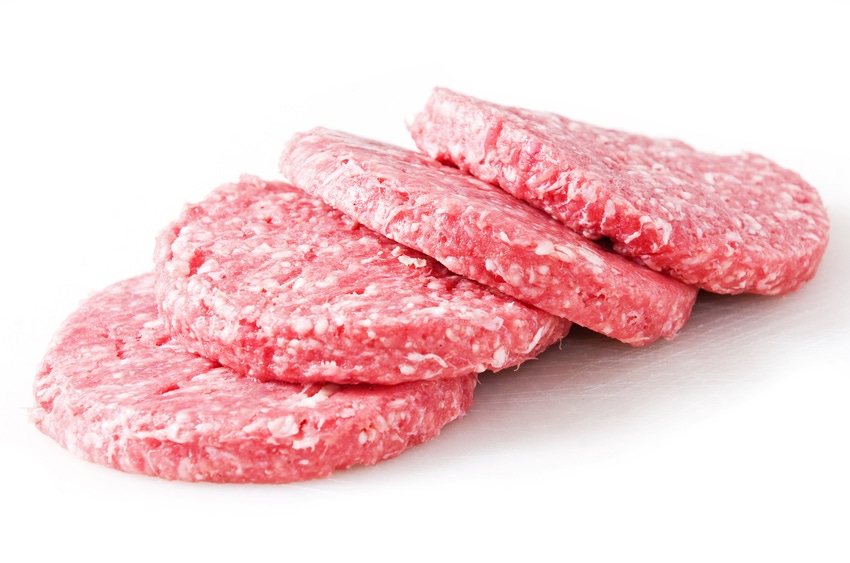January 22, 2015

After a record-breaking year in which cattle feeders and stocker, cow-calf and seedstock operators all enjoyed record margins, one might assume that all is well in the U.S. beef industry. But this year might see a reversal for feeders and smaller margins in other sectors.
Moreover, Congress still has to find the political will to resolve the country-of-origin-labeling (COOL) issue, while the industry must find its own political will to improve the beef checkoff program.
These two issues, however, will be secondary to three others: demand, quality and transparency. All three are inextricably linked and will determine how the beef complex performs over the next several years, especially when beef production starts to increase again.
Consumers are vital to the success of the U.S. beef industry. Whether they live in Asia, in the Americas or elsewhere, their ability to keep buying U.S. beef at higher prices will be the most important trend in 2015.
But consumers will face higher prices in 2015, because global beef production is expected to be down 1.4% from 2014 to 58.739 million metric tons (based on USDA’s latest forecast). The global total has been mostly flat for the last five years, largely because of a decline every year in U.S. production.
Beef demand has been growing globally for several years. So the flat production means consumers have had to pay more. This has been positive for U.S. cattle producers and exporters, but the current concern is that prices globally might put beef out of the reach of more consumers.
That’s especially a concern in countries with economies that are still struggling six years after the Great Recession. These consumers will instead eat more pork and chicken, primarily because more will be available this year than last, but also because these proteins will be much cheaper than beef.
Similar dynamics will play out in the U.S., even though its economy is the healthiest of all developed countries. GDP growth strengthened in the second half of 2014, more jobs were created and wages increased.
Nonetheless, beef prices at retail and foodservice reached record-high levels month after month, and beef sales began to struggle last September.
Americans are great beef lovers, but they will eat a startling 63% more chicken than beef in 2015. They will also eat more chicken and pork than they did last year, and less beef. That’s because of total available supplies, but also because of price.
USDA forecasts that beef disappearance will be 52.2 pounds per person, vs. 54.1 pounds last year. Consumers will eat an average of 85.3 pounds of chicken, up from 83.4 pounds in 2014, and 46.6 pounds of pork, up from 45.3 pounds.
U.S. beef will also face cheaper beef in global markets because of its high price and the strength of the U.S. dollar. As I write this, the Australian dollar has fallen to a five-year low against the greenback, to just above 80 cents to the dollar. Bankers believe it might fall another 10 cents.
USDA currently forecasts that U.S. beef exports will decline nearly 3% in volume this year vs. 2014, but they may decline even more if the greenback remains strong.

BEEF Seedstock 100
Looking for a new seedstock provider? Use our BEEF Seedstock 100 listing to find the largest bull sellers in the U.S. Browse the Seedstock 100 list here.
The industry needs a strong U.S. economy to encourage Americans to spend more on beef than they did in 2014. That’s why the industry must keep on improving beef quality – to convince consumers they’re still getting great value for the dollars they spend on beef.
The industry also will have to be even more transparent about how beef is produced, to make consumers even more comfortable about buying beef. U.S. production this year is expected to fall by 1% from last year.
But consumer beef prices will still be 4.5% to 5.5% higher this year, according to USDA. Hopefully, beef’s unique flavor will trump price for consumers.
Steve Kay is editor and publisher of Cattle Buyers Weekly (cattle buyersweekly.com). See his weekly cattle market roundup each Friday afternoon at beefmagazine.com.
You might also like:
Top 20 beef industry events of 2014
How will declining fuel prices affect beef demand?
How Schiefelbein Farms made room on the ranch for nine sons
100 biggest seedstock producers in the U.S.
About the Author(s)
You May Also Like





